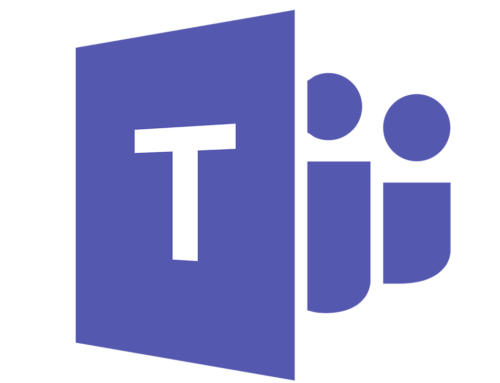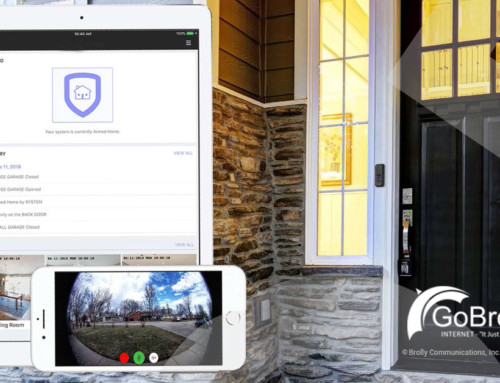The Amount of Data and Bandwidth Required for Graphics and Photos
In today’s world, cell phones have become so advanced in their ability to take photos, that every-day people can enjoy a photo shoot at any time and upload the images to social media. Advancements in technology have resulted in larger file sizes in photos, videos, animated graphics and web pages. This has impacted many professional fields such as photography, graphic designers, website designers and other people who work with images or files.
So what does this mean in terms of my data and bandwidth requirements with my Internet provider?
When posting photos to Facebook or backing up a computer to the cloud, you are “uploading data.” And if the term “data” threw you, there’s a simple explanation for its use in the Internet industry: “Data” is a blanket term for ANY information sent between computers, whether it’s a webpage, an email with vacation photos or uploading a photo shoot to an online web service, like Dropbox.
In our previous blog posts on requirements for email, VoIP, streaming music and web browsing, we have documented the data that is used for each application because it is not always clear how much data is being sent or received.
With graphics and photos it is crystal clear. The amount of data being used is the amount of the file size itself, i.e., if you have a high resolution photo that you email to your father, and the photo is 4.5 Megabytes in size. You are “uploading” 4.5 MB plus the email itself.
The speed that it is being transferred is now your most important factor, which has everything to do with “upload” speed. How much time do you want to spend waiting for your files to “upload?”
Your time – when it’s gone, it’s gone.
Most people understand download speed, but what is upload speed? Put simply, it’s the speed at which data is sent from your computer to another computer in a given second. Basically, an upload is sent in the opposite direction of the download.
Following are some examples of data usage:
- A photographer shoots 5 photos in RAW image format, and each photo is over 26 MB in size, to upload those photos to an online storage web service you would be looking at a 130 MB file upload. Your data used would be 130 MB:
- 5 X 26 MB = 130 MB
- Data used: 130 MB or .13 GB
- Same photographer shoots 100 photos from a photo shoot in RAW image format. Each photo is 26 MB. To upload these photos to an online storage web service you would be sending 2.6 GB of data. Your data used would be 2.6 GB:
- 100 X 26 = 2600 MB
- 2600 MB = 2.6 GB
- Same photographer shoots 100 photos 5x a week in RAW image format. Each photo is 26 MB. To upload these photos to an online storage web service this photographer would be sending 13 GB of data a week. Your data used would be 13 GB a week, or 59 GB a month:
- 26 X 100 = 2600 MB
- 2600 MB X 5 = 13000 MB a week
- 13000 MB = 13 GB a week
- 13 GB a week X 4.5 weeks per month = 59 GB a month of data
- Amateur photographer shoots 100 photos a week in high resolution image format. Each photo is 4.5 MB. To upload these photos to an online storage web service this photographer would be sending .45 GB of data a week (1/2 a GB).
- 4.5 X 100 = 450 a week
- 450 MB a week = .45 GB a week
- .45 GB a week X 4.5 weeks per month = 2 GB a month of data
Following are some examples of file upload speeds:
Speeds are determined by the number of Mega Bits being sent. For example, let’s say you want to upload a 4.5 MByte file x 100 = 450 MByte file (or files) in size.
(450,000,000 Bytes x 8 Bits in a Byte = 3,600,000,000 Mega Bits or 3.6 Giga Bits)
- At .512 Mbps up, it will take almost 2 hours to upload.
(3,600,000,000 Mega Bits / 512,000 bps = 7,032 seconds / 60 = 118 Minutes) - At 1 Mbps up, it will take 1 hour, or ½ of the time of the .512 Mbps.
(3,600,000,000 Mega Bits / 1,000,000 bps = 3,600 seconds / 60 = 60 Minutes) - At 2 Mbps up, it will take 30 Minutes to upload, or 1/4 of the .512 Mbps.
(3,600,000,000 Mega Bits / 2,000,000 bps = 1,800 seconds / 60 = 30 Minutes) - At 3 Mbps up, it will take 20 Minutes to upload, or 1/6 of the .512 Mbps.
(3,600,000,000 Mega Bits / 3,000,000 bps = 1,200 seconds / 60 = 20 Minutes) - At 4 Mbps up, it will take 15 Minutes to upload, or 1/8 of the .512 Mbps.
(3,600,000,000 Mega Bits / 4,000,000 bps = 900 seconds / 60 = 15 Minutes) - At 5 Mbps up, it will take 12 Minutes to upload, or 1/9 of the .512 Mbps.
(3,600,000,000 Mega Bits / 5,000,000 bps = 720 seconds / 60 = 12 Minutes)
What does this all mean to you? It means that if you are working with a lot of graphic images or large file formats, and are sending them to the web or using the Internet for backup, you will want a faster “Upload” speed. You would also want a plan that would include enough free data to cover all of your needs.
Real estate companies, car dealerships, photography studios, newspapers, medical facilities, graphic and website designers will all benefit from more UP speeds. It makes you more efficient. And more efficiency means more money.






